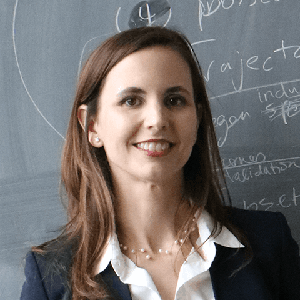Jessica L. Whited, PhD
Associate Professor of Stem Cell and Regenerative Biology , Harvard University
Axolotl Limb Regeneration
Our lab studies how axolotl salamanders perform an amazing feat that humans cannot: total limb regeneration following amputation. We use a variety of modern tools to explore the fundamental biology of how axolotls use local and body-wide signaling processes to coordinate the activation of stem cells with the growth of a new limb. We are especially interested in roles of the nervous system in these processes. We hope our work will inspire future translational approaches for stimulating limb regeneration in humans.

